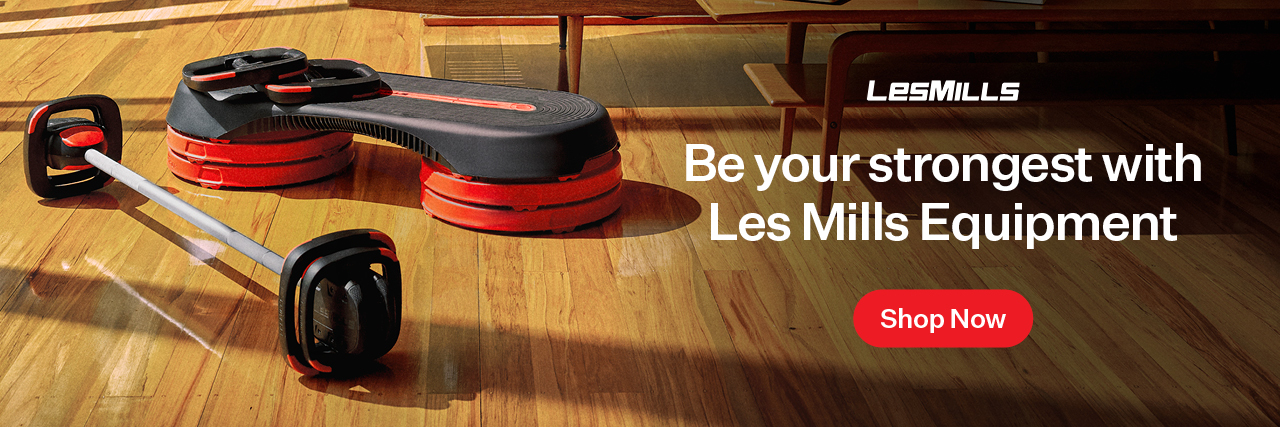Oxygen is fuel for our muscles, so it makes sense that the more intensely we engage our muscles, the more oxygen we need. If we focus on effective breathing, we can help ensure oxygen gets to our muscles most efficiently. A focus on breath also keeps us calm, alert and in control, so you can channel all your efforts into actively engaging the right muscles. As a result, we increase movement precision, which leads to improved performance.
Breathing basics for when lifting weights ...
Should you breathe through your mouth or nose when lifting weights?
The general rule of thumb when lifting is, in through your nose, and out through your mouth. As you inhale through your nose, make sure you are engaging your diaphragm, taking in a big deep breath that ensures you get the most oxygenated air right down to your belly. When you exhale, breathe out completely through your mouth.
When should you inhale and exhale?
The most common guideline is that the inhale should come during the eccentric (muscle-lengthening) part of the movement, and the exhale should come during the concentric (muscle-shortening) part of the movement. Try to stick with this regardless of whether you’re moving at a fast or slow tempo. Maintaining rhythmic breathing is the most important thing for your nervous system.
Put it into practice:
During a push-up, inhale as you lower to the ground and exhale as you straighten your arms and push back up.
As you squat, inhale as you begin to lower down and then exhale as you extend your legs back to a standing position.
Try a chest press, inhale as you lower the bar to your chest and exhale as you straighten your arms and push the bar back up.
During bicep curls, inhale as you lower the weight down to the starting position, and exhale as you lift the weight towards your shoulder.
Back in 2010, researchers assessed breathing patterns by using a pneumotachograph to record airflow as exercisers lifted different loads. They found that most people naturally inhaled right before lifting an object and either held their breath or exhaled while they maintained the lift. When you exhale it is most beneficial as it helps regulate some of the pressure that builds up in the chest and abdomen. When you release the pressure that has accumulated in the abdomen and chest it reduces the risk of sustaining internal injuries such as hernias and vessels strains (which can result from excessive internal pressure).
SO WHY DO POWERLIFTERS HOLD THEIR BREATH?
Professional powerlifters are known to hold their breath during lifts using a technique known as the Valsalva maneuver. The idea is that holding your breath while lifting extremely heavy weights can provide core strength and protect your spine. But, holding your breath while lifting heavy weights runs the risk of increasing your blood pressure, which can lead to fainting or a heart attack. Unless you’re a serious weightlifter and you plan on attempting a one-rep max lift there is no reason to hold your breath while lifting weights.
What's the #1 THING to remember?
While inhaling during the eccentric phase and exhaling during the concentric phase can be beneficial, what’s more important is that you engage the core to create stability for the spine. When you activate your abdominal muscles it creates the brace you need to safely and effectively lift.
And don’t go too heavy too soon. The heavier the weights you lift, the more taxing it is on your concentration and strength, so staying in tune with correct breathing can go out the window! When you lift lighter weights you can focus on mastering the correct breathing technique – and then it will just come naturally.
If you haven’t made strength training part of your weekly workout regime what are you waiting for? The popularity of strength training is peaking. Here are six science-backed reasons why.
There are plenty of different ways to build strength, each offering their own unique benefits. Find out which type of strength workout will suit you best.
Les Mills strength workouts include BODYPUMP™, LES MILLS STRENGTH DEVELOPMENT™, LES MILLS FUNCTIONAL STRENGTH™, LES MILLS SHAPES™ and LES MILLS CORE™.










